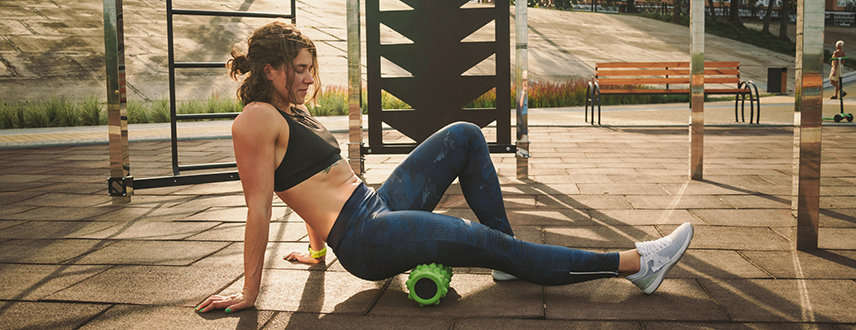
Feeling sore after a tough workout is a familiar part of getting stronger. Whether you lifted heavier weights, ran farther than usual, or tried a new exercise, that next-day stiffness — known as Delayed Onset Muscle Soreness (DOMS) — can make even small movements uncomfortable.
Fortunately, there are natural ways to soothe sore muscles and speed up recovery. One ingredient gaining attention for its effectiveness is histamine dihydrochloride, a compound known to naturally increase blood flow and relieve muscle discomfort.
Why Muscles Hurt After Exercise
When you challenge your muscles during exercise, microscopic tears form in the fibers. Your body responds by repairing these tears, which helps your muscles grow stronger and more resilient. During this repair process, inflammation and mild swelling can cause soreness that peaks 24–72 hours after your workout.
This type of pain is normal — but excessive soreness can slow recovery and discourage you from staying active. That’s where circulation-boosting and anti-inflammatory remedies, like histamine dihydrochloride, can help.
How Histamine Dihydrochloride Helps Muscle Pain
Histamine dihydrochloride is a naturally derived compound that works by stimulating local blood flow where it’s applied. When used in topical creams or gels, it causes small blood vessels under the skin to dilate, increasing circulation to sore or tense muscles.
This enhanced blood flow helps:
- Deliver oxygen and nutrients needed for tissue repair
- Remove metabolic waste products that build up during exercise
- Soothe stiffness and discomfort by gently warming the area
Unlike synthetic pain relievers that block sensation, histamine dihydrochloride supports your body’s natural healing response. It’s often found in muscle rubs, sports creams, and pain-relief lotions designed for athletes or active individuals.
Natural Ways to Support Recovery Alongside Histamine Dihydrochloride
For the best results, combine histamine dihydrochloride with other natural recovery practices:
1. Gentle Massage and Movement
Massage helps enhance the warming, circulation-boosting effects of histamine dihydrochloride. Light stretching or yoga also keeps muscles flexible and promotes faster recovery.
2. Heat and Cold Therapy
Use ice right after intense activity to reduce inflammation, then switch to heat (like a warm bath or heating pad) after 24 hours to encourage blood flow.
3. Epsom Salt Baths
Soaking in an Epsom salt bath provides magnesium, which helps relax muscles and ease tightness naturally.
4. Hydration and Nutrition
Drink plenty of water and eat anti-inflammatory foods such as berries, turmeric, ginger, and omega-3-rich fish. These support overall muscle repair and help reduce soreness.
5. Magnesium and Calcium Balance
A calcium-magnesium supplement before bed can aid relaxation, muscle repair, and better sleep — all essential for recovery.
When to Use Histamine Dihydrochloride
Topical histamine dihydrochloride can be used:
- After exercise to relieve mild to moderate soreness
- For stiff joints or tight muscles
- Before physical activity as a warming rub to prepare muscles for movement
Always follow the product’s directions for use, and avoid applying to broken skin or sensitive areas.
When Pain Might Mean More Than Soreness
While histamine dihydrochloride and other natural remedies can help with ordinary post-workout soreness, sharp, sudden, or persistent pain could signal an injury. If your pain worsens after a few days, or if swelling and bruising occur, it’s best to rest and seek medical advice.
A little soreness after exercise is a normal part of getting stronger. But you don’t have to just “tough it out.”
Using histamine dihydrochloride for muscle pain can naturally stimulate circulation, ease stiffness, and support faster recovery — especially when paired with rest, hydration, and good nutrition.
Your muscles work hard for you — give them the natural care they deserve.
